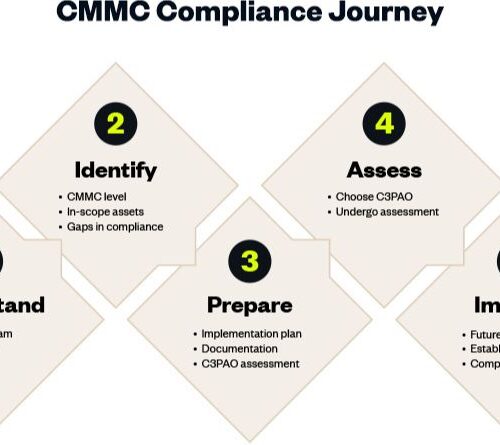Picture this: the refined fuel powering your car, the diesel running that cross-country train, or even the jet fuel propelling the plane to your dream destination. Ever wondered how they’re produced to such a level of purity? Enter the realm of hydroprocessing catalysts.
From Black Gold to Clear Gold
Crude oil, the raw form drilled straight from Earth’s belly, is a complex cocktail of hydrocarbons. It’s thick, contains impurities like sulfur and metals, and is not fit for direct use. This is where refining steps in. Among the many refining processes, hydroprocessing is a crown jewel, and its efficiency is powered by catalysts.
Hydroprocessing Catalysts: What’s the Fuss?
At its core, a catalyst is a substance that speeds up a chemical reaction without itself undergoing any permanent chemical change. Hydroprocessing catalysts work under high pressure and temperature to break down heavy hydrocarbons and remove unwanted impurities, especially sulfur, nitrogen, and metals.
There are several types of hydroprocessing:
Hydrotreating: Focuses mainly on removing sulfur and nitrogen. The aim here isn’t to break down larger molecules but to purify the oil.
Hydrocracking: This is the heavy-duty version. Here, large hydrocarbon molecules are cracked into smaller ones, producing products like gasoline and diesel.
The Ingredients of Success
These catalysts are typically made from a combination of base materials:
Active Phase: Usually metals like molybdenum, nickel, or cobalt, responsible for the main action.
Support Phase: Materials like alumina, which give structure and support to the active phase. They provide a large surface area for the reactions to occur.
Promoters: These are added to enhance the catalyst’s performance.
Why They Matter
Imagine preparing a pot of your favorite soup. Without the right ingredients, the soup would be bland. Similarly, without the right catalyst, refining processes would be slow, inefficient, and costly.
Environmental Benefits: Emissions from burning fossil fuels are a grave concern. Hydroprocessing catalysts help in producing low-sulfur fuels, reducing emissions.
Economic Sense: Better catalysts mean more efficient conversion, leading to higher yields of desired products and reduced production costs.
Versatility: With the right catalyst, refineries can process a wider range of crude oil types.
Challenges & Considerations
But it’s not all rosy. Hydroprocessing catalysts face their own set of challenges:
Deactivation: Over time, due to contamination or physical changes, catalysts can become less effective.
Catalyst Regeneration: Deactivated catalysts need to be regenerated or replaced. The process is not just expensive but can also be environmentally taxing.
Research & Development: With fluctuating crude oil compositions and tightening environmental regulations, there’s a perpetual need for better catalysts.
The Road Ahead
The future is as unpredictable as a roller coaster ride. With an increasing shift towards sustainable energy, does it mean the end of the road for hydroprocessing catalysts? Not necessarily.
Biofuels: The production of biofuels, derived from organic matter, will also require catalysts to remove impurities and produce high-quality fuels.
Enhanced Efficiency: As the quality of crude oil changes and becomes more challenging to process, the demand for more efficient catalysts will rise.
Recycling: As with many industries, there’s a growing interest in recycling used catalysts, making the entire process more sustainable.
The Magic Beans Behind the Process
These catalysts aren’t plucked from fairytales, but they sure do magic. Picture this:
Metals Doing Heavy Lifting: Nicknamed the muscle, metals like molybdenum and nickel get things rolling.
Support Acts: Alumina plays the wingman, providing a base for our heavy lifters.
Little Boosters: Some elements are added to pep things up, making the catalyst even more efficient.
Navigating the labyrinth of the petrochemical industry, hydroprocessing catalysts may seem like tiny players. But their role is monumental. They’re the silent enablers, ensuring that the fuel propelling us forward is of the highest quality. Whether we talk about the humble car or the majestic airliner, these catalysts work their magic, unsung and often unseen, but indispensable in the grand narrative of modern mobility. So, next time you fuel up, spare a thought for these unsung heroes. They’ve had quite a journey, just like that fuel.
Why All This Hullabaloo About Catalysts?
Here’s the thing. Without these catalysts, our world would be a tad messier and a lot pricier.
Green Goals: Catalysts are the eco-warriors we didn’t know we needed. With their help, fuels burn cleaner, meaning less pollution.
Wallet-Friendly: More efficient refining processes cut down costs. And who doesn’t love saving a few bucks?
Variety is the Spice of Oil: With different catalysts in the mix, refineries can handle a buffet of crude oil types.
But wait, it’s not all roses and sunshine. These catalysts, over time, get worn out, kind of like how your favorite shoes start feeling a bit tight. Then, there’s the cost and the environmental impact of rejuvenating or replacing them.
The narrative of hydroprocessing catalysts is a dance of chemistry, innovation, and challenges. As our oil sources change and we discover more ‘sour’ or sulfur-rich types, these catalysts need to step up their game. There’s a fascinating synergy between nature’s crude gifts and human innovation, all choreographed in the refinery.
So, the next time you hear the soft hum of a car engine or marvel at a plane soaring in the blue sky, remember the tiny wonders at work. Hydroprocessing catalysts, bridging the gap between Earth’s treasures and our modern needs. Invisible, inaudible, but incredibly invaluable.





